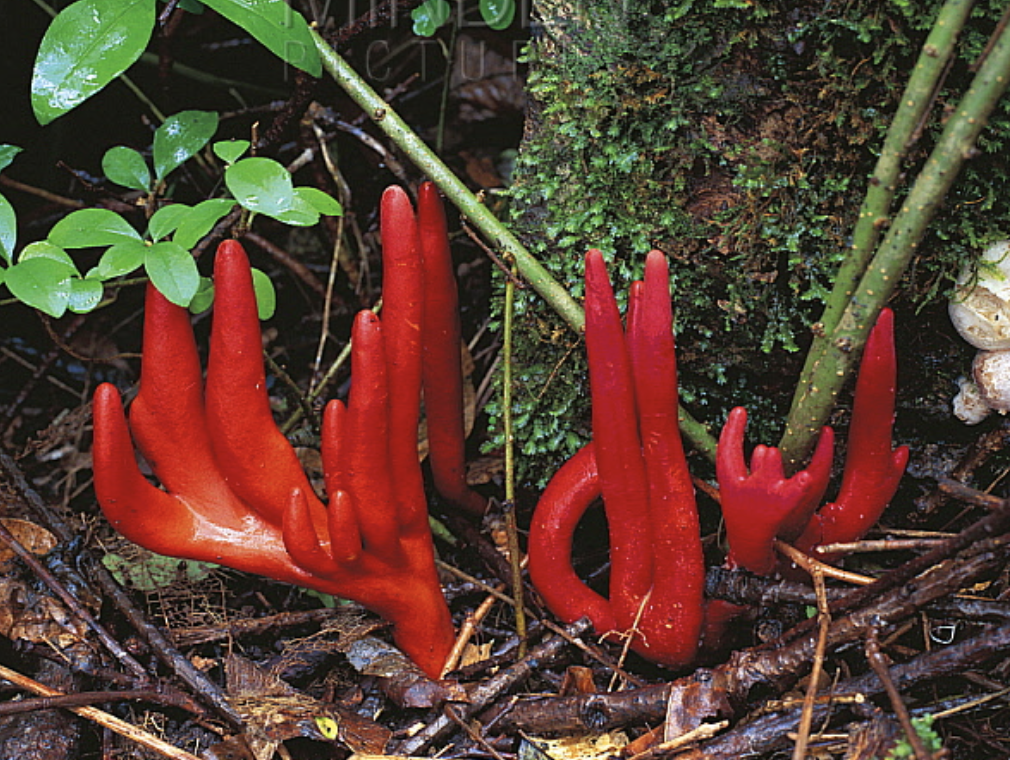Mushrooms, with their varied shapes, sizes, and colours, often evoke images of enchanting forests and culinary delights. However, lurking amidst this natural splendor are some of the most lethal organisms known to humankind. The deadliest mushrooms, while captivating in appearance, possess toxins that can swiftly bring about illness and even death. Understanding the dangers they pose is crucial for anyone venturing into the wild or even those exploring culinary adventures. Let’s delve into the realm of the deadliest mushrooms and the risks associated with them.
The Deadly Five
1. Death Cap (Amanita phalloides):
The Death Cap mushroom, with its innocuous appearance, harbors a potent toxin responsible for the majority of mushroom-related fatalities worldwide, and is probably the Deadliest mushroom. Originating from Europe, it has now spread across various continents. Its pale, off-white cap, often adorned with patches of white, can be mistaken for edible varieties. However, consuming even a small amount of this mushroom can lead to severe liver damage and, in many cases, prove fatal. Symptoms may not manifest until several hours after ingestion, making it challenging to identify and treat. Identification resource.

2. Destroying Angel (Amanita virosa, A. bisporigera, A. ocreata):
A number of species of the Amanita genus all fall under the same moniker: the Destroying Angel. A Destroying Angel by any other name would be as deadly. The Destroying Angel possesses deadly toxins, primarily amatoxins. This mushroom is characterized by its pure white, smooth cap, gills and stem, with a volva at the base and a ring on the stem. Found in temperate regions worldwide, it poses a significant threat to foragers and those unaware of its toxicity. Ingestion leads to gastrointestinal distress followed by liver and kidney failure, often resulting in death if left untreated. Identification resource.

3. Death Cap Conocybe (Conocybe filaris):
This inconspicuous mushroom, often overlooked due to its small size, is no less lethal. With a cap resembling a miniature version of the Death Cap, Conocybe filaris contains the same deadly amatoxins. Found in various regions, most notably in Western North America, it poses a risk to unsuspecting foragers, particularly children and pets. Symptoms of poisoning may not manifest until it’s too late for effective treatment, emphasizing the importance of cautious mushroom identification. Identification resource.

4. Funeral Bell (Galerina marginata)
Known by several common names including Funeral Bell, Autumn Skullcap, and simply the Deadly Galerina, G. marginata is one bad mushroom you don’t want to be consuming. Like so many others, it’s an unassuming mushroom. A brown cap with gills of similar or darker colour, the Funeral Bell can cause diarrhea, vomiting, hypothermia, live damage, and yes, even death if left untreated. This mushroom grows in the same regions and manner as the deliciously edible Enoki mushroom (Flammulina velutipes), and can also be confused with some Psilocybe species. Identification resource.

5. Poison Fire Coral (Podostroma cornu-damae)
Native to Asia and possibly Australia, this mushroom has only been found along the Asian-Pacific coast, so those in Europe and North America can rest easy. This is the only mushroom which has an advisory on potential fungal dermatitis, whereupon some individuals have developed a rash upon touching the fruit body. This has been a rare occurrence and has not been proven to have resulted from the fungus, but the advisory stands. Needless to say, it is a toxic mushroom, and for the few who somehow thought to eat this mushroom, symptoms included stomach pain, peeling skin, hair loss, low blood pressure, liver necrosis, acute kidney failure and even death. Best to just leave it where it is, but grab a great photo if you see it!

Risks and Precautions:
Identifying and avoiding the deadliest mushrooms, or any of the remotely toxic mushrooms, requires a keen understanding of their distinguishing features. While many toxic mushrooms exhibit warning signs such as foul odors or vibrant colours, some, like the Destroying Angel, can be deceptively appealing. Therefore, it’s paramount to adhere to the following precautions:
1. Education: Familiarize yourself with the characteristics of deadly mushrooms through reliable sources, guides, or expert advice.
2. Caution: Exercise extreme caution when foraging for wild mushrooms, especially in unfamiliar territories. When in doubt, abstain from consumption. Remember that a patch of edible mushrooms may contain other toxic look-alikes. Inspect each individual mushroom to ensure it’s safe for consumption.
3. Consultation: Seek guidance from experienced mushroom hunters or mycologists to confirm the edibility of any wild mushrooms you encounter. Be wary of online forums with strangers, especially those with anonymous names.
4. Avoidance: Refrain from consuming mushrooms harvested from urban areas, as they may be contaminated with pollutants or toxins.

5. Prompt Medical Attention: In case of suspected mushroom poisoning, seek immediate medical assistance. Early intervention significantly improves the chances of recovery and survival.
Write these numbers down in case you ever even think that you may have consumed one of the deadliest mushrooms: In Canada, in 2023, Health Canada launched a federal poison control number that’s easy to remember 1-844-POISON-X. If you are located in the United States, you also have a federal poison control number: 1-800-222-1222.
While mushrooms enrich ecosystems and culinary experiences, their allure can sometimes mask deadly risks. All the mushrooms listed above stand as sobering reminders of nature’s lethal beauty. Awareness, caution, and education are our best defenses against the dangers they pose. Whether wandering through forests or exploring gastronomic delights, let us tread carefully, respecting the formidable power concealed within these seemingly benign organisms.
Avoid the toxic mushrooms by foraging for these 10 easily identified and edible mushrooms.
